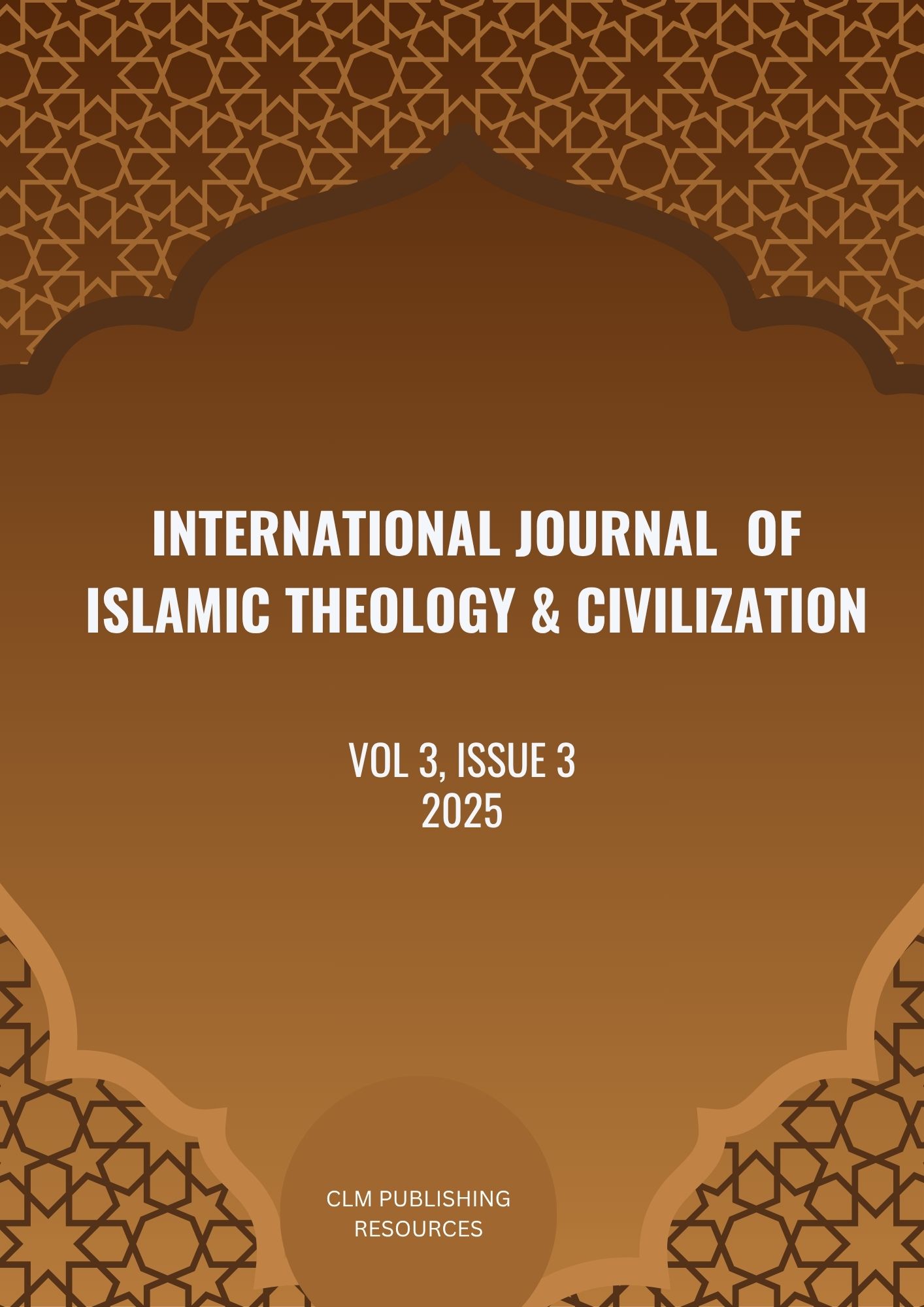SYSTEMATIC LITERATURE REVIEW ON BRAILLE LITERACY IN SPECIAL EDUCATION: CHALLENGES AND BRAILLE EDUCATION STRATEGIES
DOI:
https://doi.org/10.5281/zenodo.15554241Keywords:
Braille Literacy, Tactile Reading, Touch Reading, Proficiency, SkillsAbstract
This systematic literature review aims to evaluate the challenges and strategies in braille literacy for visually impaired students in special education. Major issues include inadequate technological support and insufficiently trained educators, highlighting a gap in integrating braille literacy into mainstream curricula and leveraging advanced technologies. The review's objective is to evaluate current practices and propose effective strategies to enhance braille education. Using the PRISMA framework, eight relevant studies were systematically reviewed. Findings reveal that continuous professional development for teachers and the integration of assistive technologies significantly improve braille literacy outcomes. Innovative tools show potential for making braille education more accessible globally. The review underscores the need for increased investment in technology, professional development, and the inclusion of braille literacy in mainstream education to promote inclusivity. This review contributes by identifying effective strategies to overcome barriers and suggesting measures to enhance braille literacy. Future research should focus on developing affordable, durable assistive devices and exploring new instructional methods to support visually impaired students worldwide. Aligning with Sustainable Development Goal (SDG) 4, this review emphasizes the importance of ensuring inclusive and equitable quality education and promoting lifelong learning opportunities for all, particularly for students with visual impairments.









